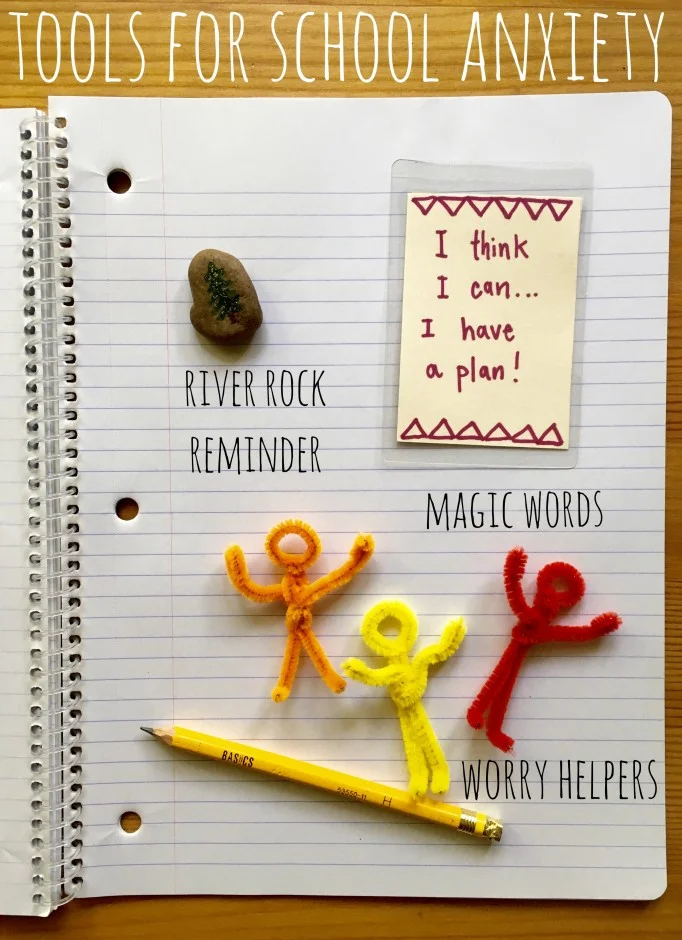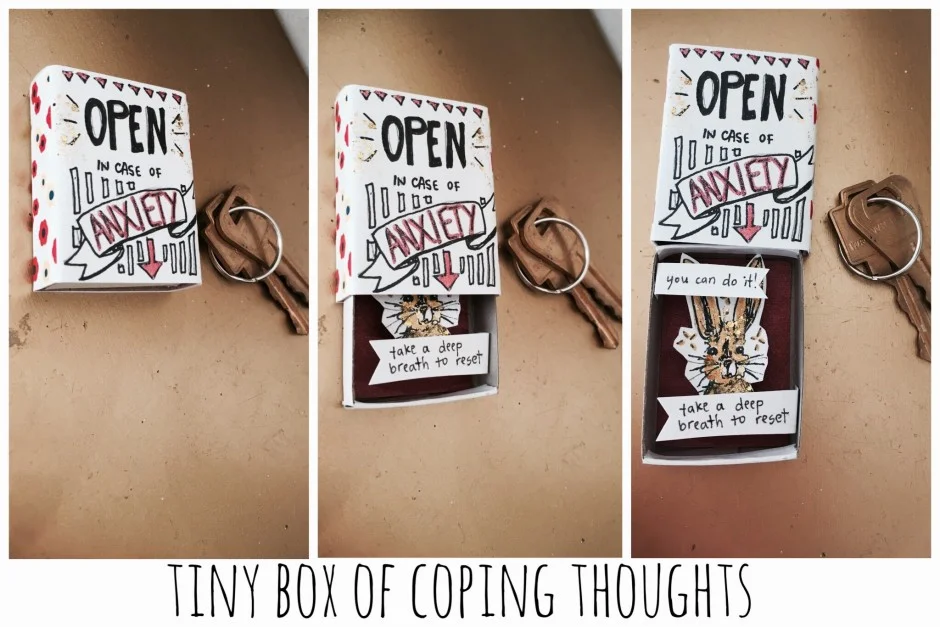Self harm is the act of intentionally injuring yourself in order to find relief from emotional or psychological distress. Self harm is a deliberate, controlled act and can take the form of cutting, burning, or preventing wounds from healing naturally. While self harm exists in the general population (1-4% of people engage in self harm), it is becoming increasingly common in adolescents. In recent years self harm has been addressed via social media. While some of this publicity has been to bring awareness to the behaviour in order to offer mental health support, there is also content available that glorifies self harm or even instructs adolescents on how to perform this behaviour. With incidence as high as 1 in 4 teens engaging in self harm, chances are that teens have a friend who engages in self harm, and they may be curious or feel pressure to experiment with this behaviour themselves. Today we’re sharing some information about self harm, exploring how art therapy can help, and offering ideas for how parents or friends can offer support to someone who is engaging in self harm.
Child Abuse Prevention Month at Art as Therapy
October is Child Abuse Prevention Month in Ontario. Started by one Children’s Aid Society, the campaign has been observed for more than 20 years and has grown to include over 40 communities and Children’s Aid Societies across the province. According to the Child Abuse Prevention Committee, the goals of the campaign are: “to raise awareness about the role of Children’s Aid Societies in the community; to provide tools and resources to help citizens identify and report suspected child abuse and neglect; to reinforce the importance of prevention and early intervention; to build relationships with community partners to strengthen our collective ability to protect children and youth; to enhance the network of resources and supports around children and families; and to mobilize community members at all levels to be mindful of our shared responsibility in protecting children and youth”
World Mental Health Awareness Day
October 10 is World Mental Health Awareness Day, a day committed to global mental health awareness, education and advocacy. This year’s theme is Dignity in Mental Health: Psychological and Mental Health First Aid for All. Today we proudly support World Mental Health Awareness Day by sharing our belief that there is dignity and power in seeking help when it is needed. At Art as Therapy we believe that every individual possesses inner power and the capacity to reach their full potential. This belief shapes our approach to mental health support – we seek to stand beside our clients and empower them to access inner strengths, form healthy connections and find their voice to express their emotions and needs. Just as we may require medical first aid at different points in our lives, we may also require mental health first aid. You and your loved ones have the power to access it today. Check out the World Federation for Mental Health’s report for articles, information, and resources connected to this year’s theme:
The Power of Gratitude and 3 Creative Ways to Practice It
“Piglet noticed that even though he had a Very Small Heart, it could hold a rather large amount of gratitude.” – A. A. Milne, Winnie the Pooh.
In recent years, scientific studies have shown that being thankful can improve our lives in all kinds of ways. According to this infographic created for the Huffington Post, cultivating an attitude of gratitude has physical, mental and psychological benefits (http://www.huffingtonpost.com/2015/03/23/gratitude-effect-body_n_6510352.html). The infographic summarizes the results of studies suggesting that grateful people have lower blood pressure, smoke less tobacco, exercise more, take better care of their physical health, sleep better at night, and have lower levels of stress hormones such as cortisol. Studies suggest that being grateful improves self esteem, reduces the risk for major depression, reduces negative emotions like envy, and can increase empathy and resiliency even when we are faced with challenging or negative experiences. Gratitude is also strongly correlated with optimism, and increased optimism can improve immune system functioning and make us feel happier (http://happierhuman.com/benefits-of-gratitude/).
How to boost your child’s self esteem… by asking them to take out the trash!
At Art as Therapy, we are supporters of household chores for kids. We see chores as a unique opportunity for parents and caregivers to support their children in a sense of “I can!” Capacity describes our ability or power to do, experience, and understand things. Our self esteem reflects our sense of capacity – when we believe that we have the ability and power to do things, we tend to feel positively towards ourselves and feel confident in facing any challenges that come our way.
Stress and the Five Senses
September represents the end of summer, and for many that means a return to school, work, and . . . stress. The physical impact of stress has been extensively explored in the medical world. Check out this link to read a summary of how stress impacts different systems in the body including the respiratory, musculoskeletal, cardiovascular, digestive, endocrine, and nervous systems: http://www.apa.org/helpcenter/stress-body.aspx.
“Open in Case of Anxiety”: Three Tips for Facing Social Fears at High School
For many, September brings a sense of new beginnings and a chance for a fresh start. High school students may see the dawning of a new school year as an opportunity to reinvent themselves socially – to make new friends, to try a new style, or to join a club. While offering many valuable learning opportunities, the social dynamics of high school can bring tremendous pressure and may trigger some anxiety. In our work at Art as Therapy we often find that friendships and social dynamics are a big cause of anxiety as teens head back to school. Teens may worry about how their peers will react to a new hairstyle, or have fears around not knowing anyone in class, or feel anxious that they will not fit in with the desired group.
Simple Strategies for Parents to Help Children Express their Emotions: Strategy #1
Children are born with emotions, but they are not born knowing how to manage them. They learn this from YOU! While this can feel overwhelming, it can also be an amazing opportunity to spend quality time with your child developing a home where all kinds of emotions are welcomed, understood, and appropriately expressed. It’s never too early to start teaching children about emotions and to start modeling healthy emotion regulation strategies. During the early years, it’s all about teaching the vocabulary and providing space where conversations about emotions can take place. Here are some simple ways that you can help your child to start thinking and talking about emotions. Children as young as two or three years can greatly benefit from these strategies:
Creative Strategies for Managing Back to School Anxiety
While the art therapy process allows clients and therapists to create unique and individualized solutions, today we’re sharing some general creative strategies for managing back to school anxiety. First there are three basic tips for parents, followed by three arts-based tools to make together that will equip students for the first day of school.
5 tips for supporting your kids during a separation or divorce
If you are navigating a separation or a divorce with a former partner, chances are that you are not only dealing with the change for yourself, but you may be supporting your children through this process as well. There may be financial changes or strains, different living arrangements, time shared between parents, or a shift from a double parent to a single parent household. This can mean all kinds of changes for both you and your kids. There is so much to take care of and to think about, on top of your own emotions in connection with what’s happening. Understandably so, it may feel overwhelming to know where to start in emotionally supporting your children through this transition.














